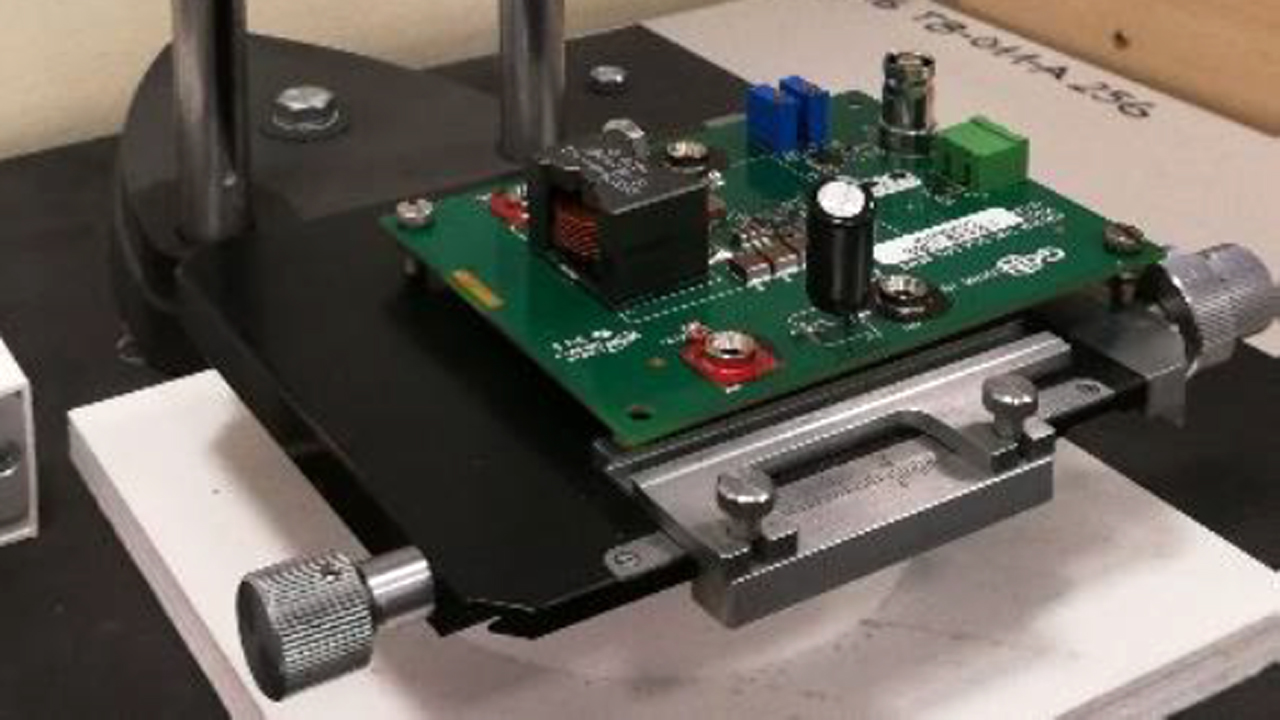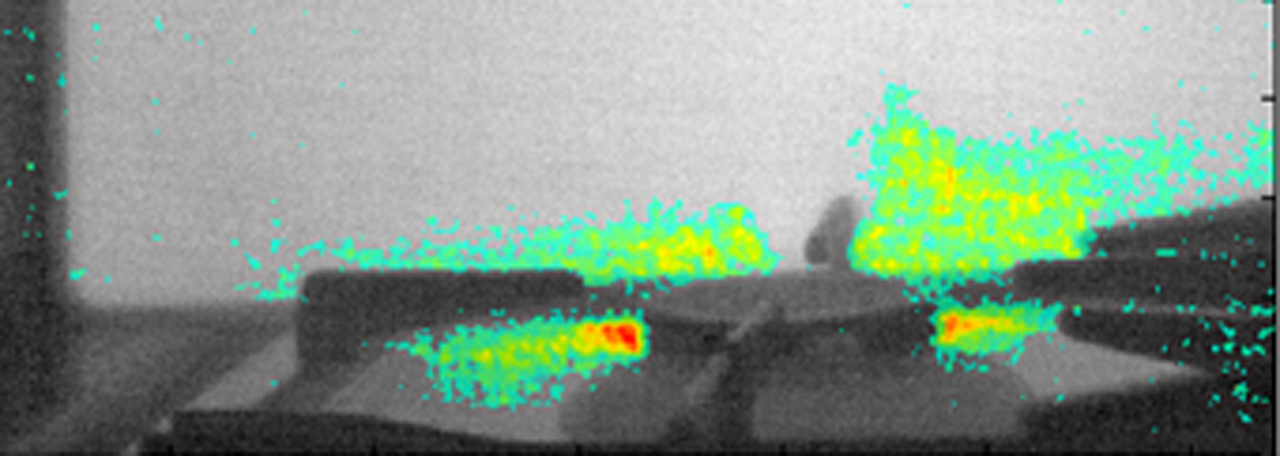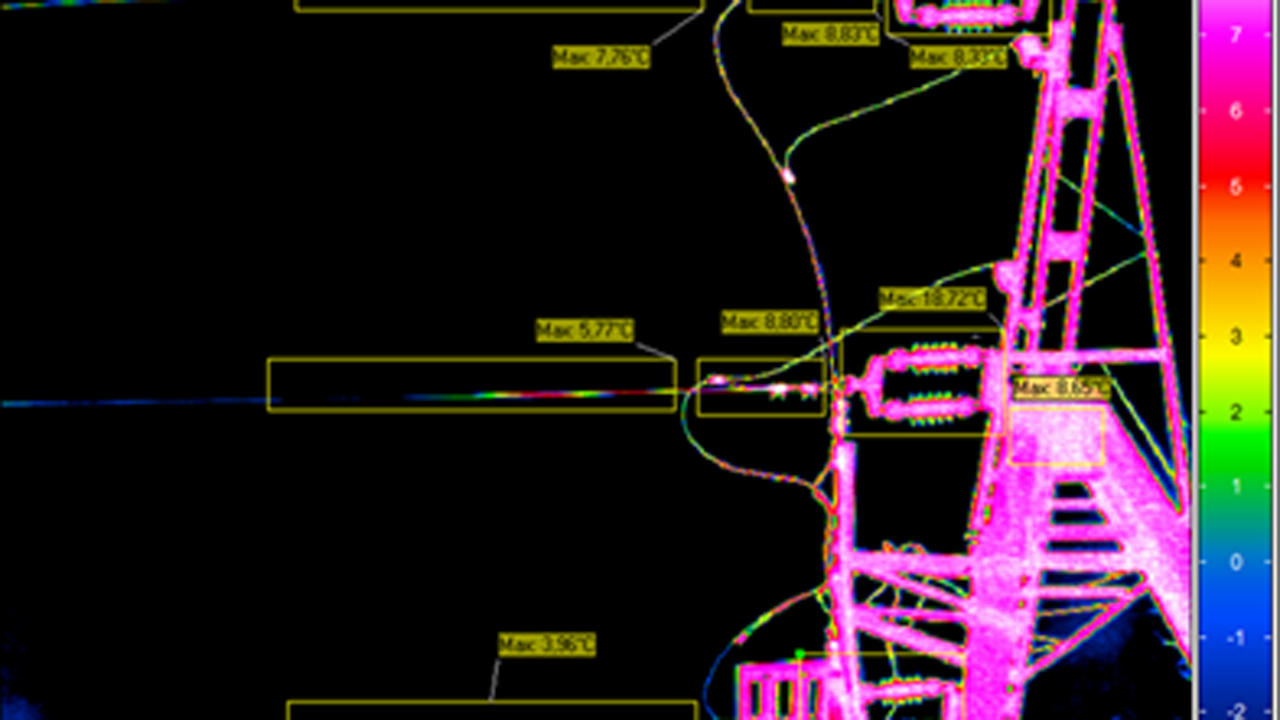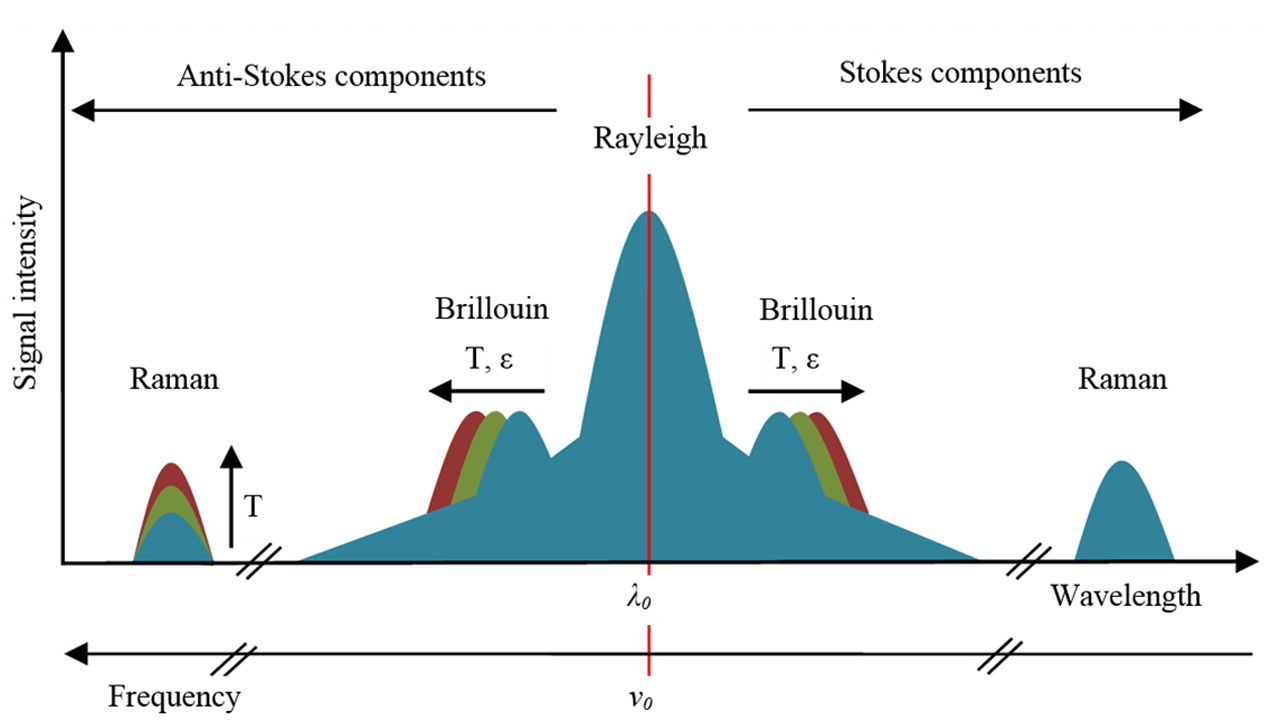Introduction
Fiber optics are used as various sensors of different physical quantities for years. Distributed measurement systems are ones of the very promising applications of fiber optics today. Huge interest of fiber optics results from the amount of valuable information optical fibers can deliver. The environmental changes around the optical fiber cause changes of the optical fibers’ parameters, such as attenuation, dispersion, refractive index and light scattering. Optical fiber-based measurements systems are becoming popular due to the low cost, immunity to electromagnetic interferences, durability and high sensitivity. Distributed Optical Fiber Sensors (DOFS) are mainly based on the light scattering phenomena. Light scattering in optical fibers is basically caused by the interaction between photons and medium particles. Light scatters in every direction and can be enhanced by exterior factors such as strain and temperature. There are two major types of light scattering: elastic and inelastic ones. In the elastic scattering, the frequency of incident and the frequency of the scattered photons are equal, while in the inelastic scattering the frequency of the scattered photons is shifted to lower (Stokes) or higher (Anti-Stokes) frequencies. These shifts are equal to the characteristic vibration frequencies of the molecules. Rayleigh scattering is the elastic scattering phenomenon that results from the irregularity of the molecular structure, and it has the high impact on optical fiber’s attenuation. Brillouin scattering is the inelastic scattering that occurs due to strain or thermally excited acoustic waves. Raman scattering is also the inelastic scattering and it is enhanced by temperature-dependent molecular vibrations. DOFS are capable of measuring the appropriate quantity along the optical fiber at distance of tens of kilometers. Nowadays, the measurements of strain, temperature, oil and gas leaks and fire detection are being applied in DOFS systems. Optical fibers can be used in optical transmission lines monitoring, structures’ health monitoring, pipeline monitoring, hydrology, nuclear industry and mining.
Continue Reading
Posted in Latest - Electronic and Infrared systems
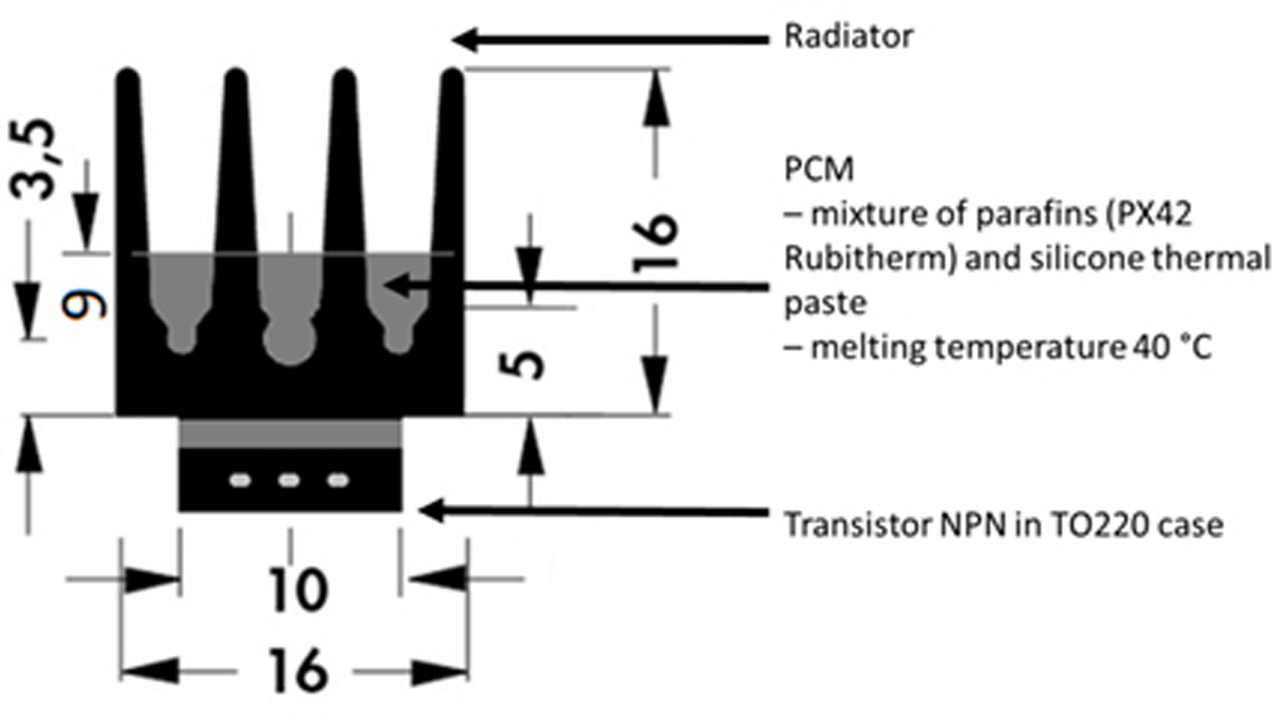
Introduction
Thermal management is one of the most important issues for electronic devices producers. The market of electronic devices grows very fast as well as power densities dissipated in electronic components. Dimensions of the devices and their packages are getting smaller. Electronic devices are operating well in specified range of temperature. Overheating of electronic elements leads to their shorter lifetime, malfunction (e.g. logic errors in microprocessors) or even immediate breakdown. As the result of above pointed facts, there is a need to design and produce advanced cooling systems that would fulfil the thermal management requirements in a superior way.
Continue Reading
